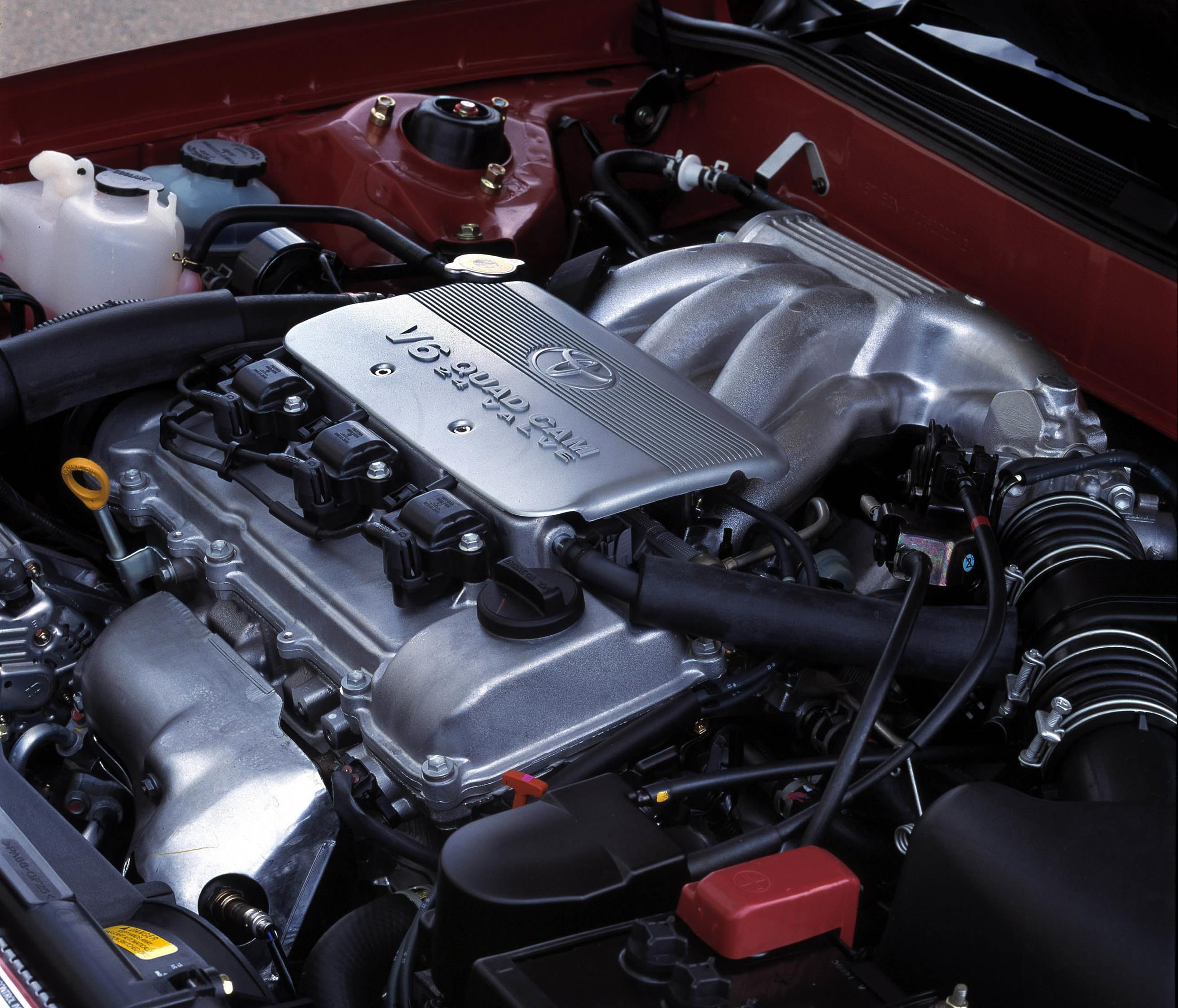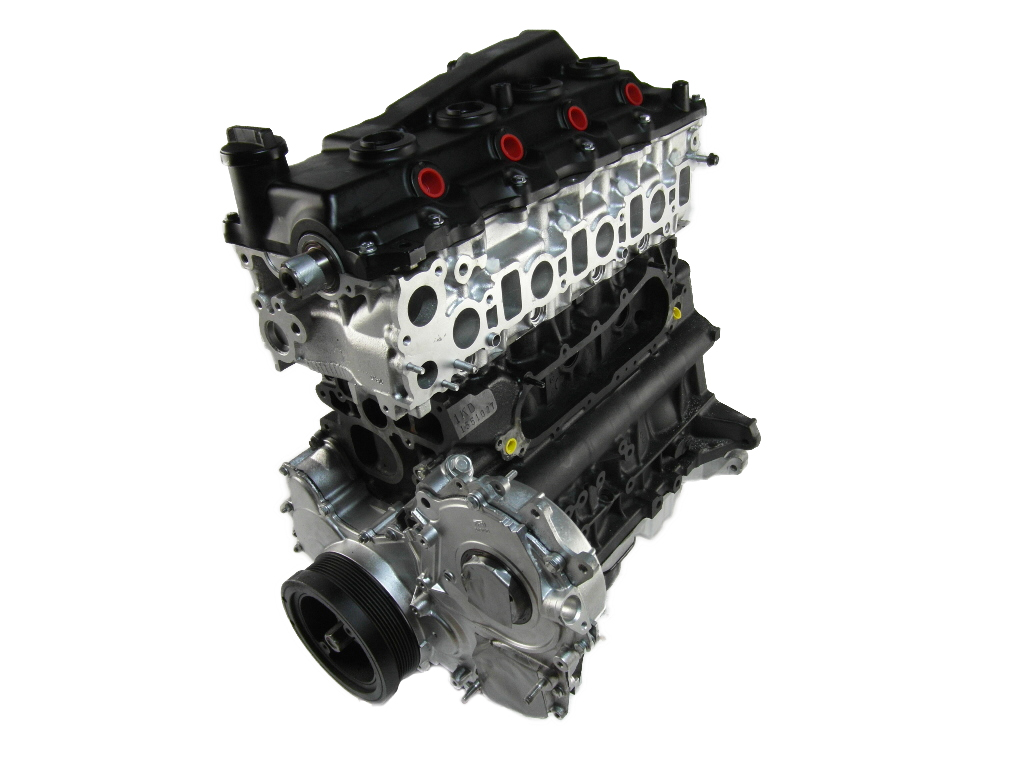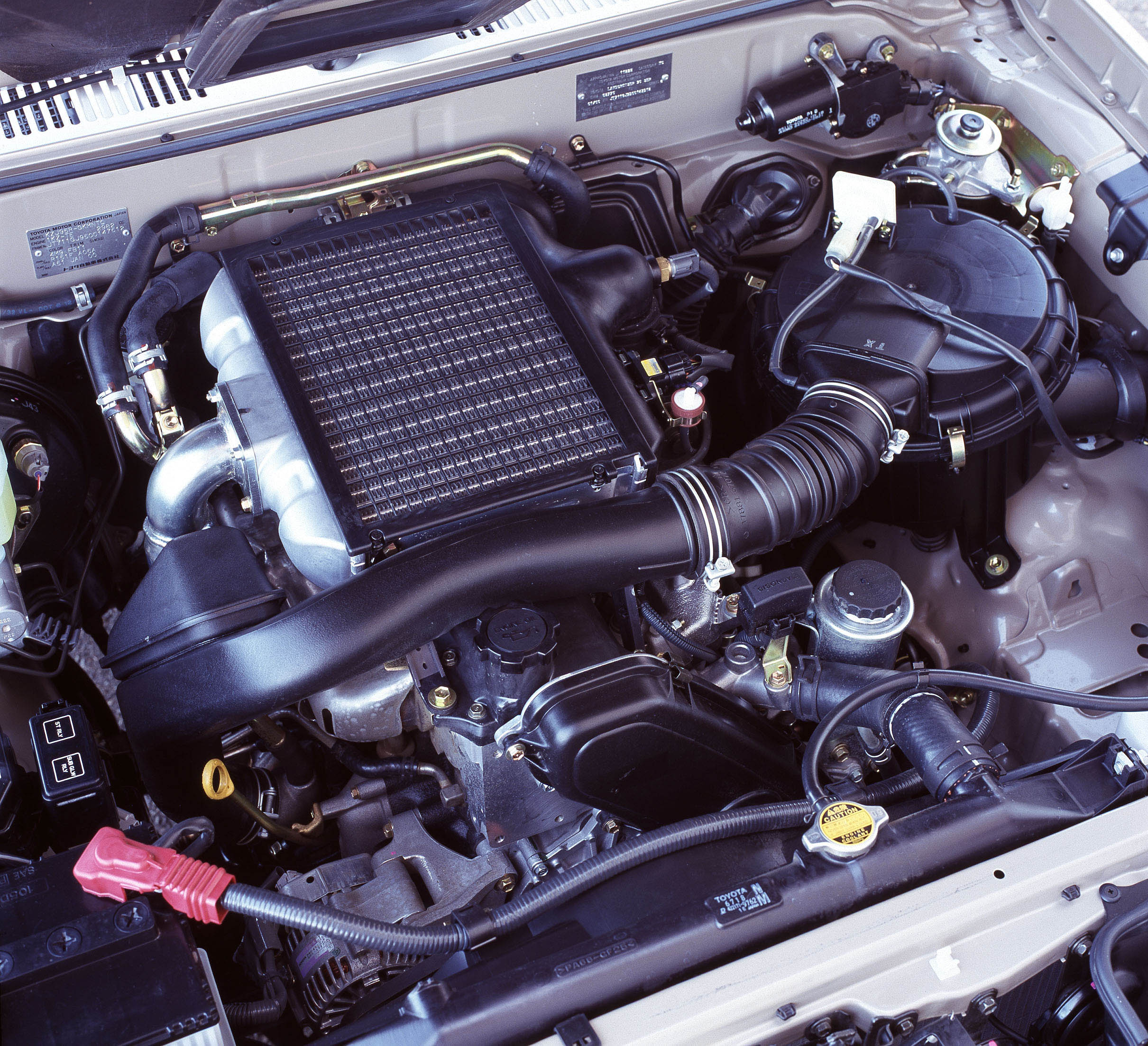Introduction
The Mazda L3-VE was a 2.3-litre four-cylinder petrol engine that powered the Mazda GG/GY Mazda6 from 2002 to 2007 and the Mazda BK Mazda3 SP23 from 2004 to 2009.
| Model | Engine | Trans. | Power | Torque | C.R. | Years |
|---|---|---|---|---|---|---|
| Mazda GG/GY Mazda3 | 2.3-litre petrol I4 | 5sp man., 4sp auto |
122kW at 6500rpm | 207Nm at 4000rpm | 10.6:1 | 2002-07 |
| Mazda BK Mazda3 SP23 | 2.3-litre petrol I4 | 5sp man., 4sp auto |
115kW at 6500rpm | 203Nm at 4500rpm | 9.7:1 | 2004-09 |
Block
The L3-VE engine had a precision gravity sand-cast cylinder block that was made of high-grade aluminium alloy, while cast-iron cylinder sleeves were cast directly into the block. With 87.5 mm bores and a 94.0 mm stroke, the L3-VE engine had capacity of 2261 cc. The cylinder block was a deep skirt type and formed a ladder frame structure with the integrated main bearing cap. The water jacket of the cylinder block was a closed-deck type.
The L3-VE engine had a cassette type balancer unit which consisted of two balancer shafts that rotated at twice the speed of the crankshaft to offset the secondary inertia force of the rotating system. The balance shaft was fitted in a two-piece housing that was fixed to the cylinder block by four bolts; it was driven by a gear attached to the crankshaft to reduce drive losses.
Crankshaft, connecting rods and pistons
The L3-VE engine had an iron crankshaft with eight counterweights which operated on five bearings; to prevent movement, the crankshaft pulley had a torsional damper. The L3-VE engine had sinter-forged connecting rods with fraction-split ends, while the aluminium alloy pistons had graphite-coated skirts to reduce friction; to reduce piston-slapping noise, the pistons were offset by 0.8 mm. The connecting rod, piston and piston pin were shrinkage fitted and could therefore not be disassembled.
Cylinder head and valvetrain
The cylinder head for the L3-VE engine was made from aluminium-silicon alloy which was thermally treated for strength and durability after the casting process. The double overhead camshafts were driven by a maintenance-free, link grounding type chain; the timing chain was automatically tensioned using oil pressure and the spring force in the chain tensioner. To improve abrasion resistance, the pin part of the chain was nitride-treated.
The four valves per cylinder – which had an included valve angle of 39 degrees – were actuated by mechanical bucket tappets. The tappets were precision-fitted during assembly and did not require adjustment shims; instead, valve clearance was adjusted by the different thickness of the bucket tappets. To improve abrasion ressitance, the intake and exhaust valves were subject to the ‘Tufftride’ (ferritic nitrocarburising) process. For the L3-VE engine, intake valve lift was 9.1 mm and exhaust valve lift was 7.8 mm.
L3-VE: Sequential Valve Timing (S-VT)
For the L3-VE engine, Mazda’s ‘Sequential Valve Timing’ (S-VT) provided variable intake valve timing. The variable valve timing actuator consisted of a housing case that was integrated to the camshaft sprocket, a cover, a camshaft-integrated rotor and a stopper pin that locked the rotor and case when the engine stopped. The variable valve timing actuator contained two hydraulic chambers – a valve timing advance chamber and a valve timing retard chamber – which were located between the integrated housing of the camshaft sprocket and the camshaft integrated rotor. An oil pump supplied engine oil to each chamber and this pressure – controlled by the oil control valve (OCV) – varied the position of the camshaft relative to the sprocket.
Strategies for the S-VT system may be summarised as follows:
- When idling or under light loads, valve overlap would be reduced so that less exhaust gas would be returned to the intake port – this stabilised idle speed and improved fuel economy;
- At medium loads, valve overlap would be increased to increase the exhaust gas recirculation ratio inside the cylinder – this reduced engine friction loss (pumping loss), lowered the combustion tempeature and reduced the nitrous oxides in exhaust gases;
- Under heavy loads and low-to-middle engine speeds, the intake valve would close early to enhance torque;
- Under heavy loads at high engine speeds, intake valve closure would be delayed to enhance power; and,
- At low temperatures, overlap would be minimised to prevent combusted gas from returning to the intake port and to reduce the additional fuel injection amount – this improved fuel economy and stabilised fast idle speed.
For the GG/GY Mazda6, S-VT enabled the L3-VE engine produce 90 per cent of its peak torque (186 Nm) from 1750 rpm. Valve timing for the Mazda GG/GY Mazda6 is given in the table below.
| Code | Valves | State | Timing |
|---|---|---|---|
| L3-VE | Intake | Open | 0° to 25° BTDC |
| Close | 0° to 37° ABDC | ||
| Exhaust | Open | 42° BBDC | |
| Close | 5° ATDC |
Variable Air Duct (VAD)
The L3-VE engine had a ‘variable intake duct’ (VAD) prior to the air filter which operated as a second intake duct. Below 4500 rpm, a restrictive and quiet intake was employed in the airbox. Beyond 4500 rpm, however, the second air duct would open on the side of the airbox to provide a shorter, louder and larger intake path.
Air cleaner
The air cleaner for the L3-VE engine featured a performance-tuned, bell-mounted, cold-air pickup duct at the front of the vehicle, a large NVH-tuned resonator in the wheel-arch and ‘organ pipes’ that were designed to transmit a ‘sporty’ sound to the driver under fast acceleration.
Variable Tumble Control System
The L3-VE engine had a friction-welded nylon intake manifold with equal length (600 mm) runners. Close to the cylinder head flange, the runners were fitted with tumble swirl control valves (TSCVs) which were controlled by a solenoid actuator. During light-load operations such, the valves would open to increase the velocity of the intake charge, improve mixture formation and reduce emissions. At higher engine speeds, understood to be around 3750 rpm, the valves would open to enhance power output.
Variable Length Intake Manifold
The L3-VE engine had a variable length intake manifold – referred to by Mazda as a variable induction system (VIS) – that was based on Helmholtz resonance. At around 4500 rpm, a valve would open to increase the volume of the intake runner and the resonant frequency of the intake charge, providing a light pressurising effect.
Injection and ignition
The L3-VE engine had sequential, multi-point electronic injection and distributorless ignition system (i.e. direct ignition coils). While the L3-VE engine for the Mazda GG/GY Mazda6 had a compression ratio of 10.6:1, the BK Mazda3 SP23 had a compression ratio of 9.7:1.
Exhaust
To reduce engine back-pressure and quickly heat the catalytic converter, Mazda used a fabricated stainless steel exhaust manifold with welded tubes. The exhaust manifold had a heat-insulating layer which surrounded the area where the four runners combined and a longitudinally-mounted divider plate in the exhaust pipe. According to Mazda, this design::
- Combined the heat retention benefits of a single pipe structure with the engine performance benefits of a dual-pipe structure;
- Eliminated the need for a close-coupled catalytic converter; and,
- Reduced back pressure.






